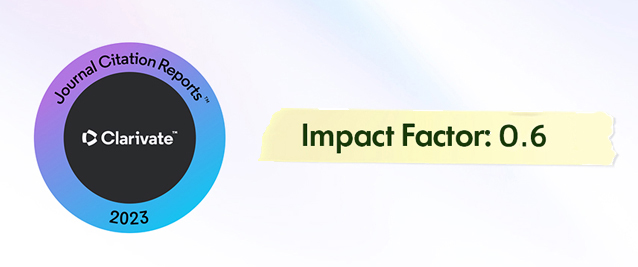2Department of Industrial Engineering, Yildiz Technical University, Istanbul, 34220, Türkiye
Abstract
Earthquakes are hazardous natural disasters, and they may cause severe damage and losses where they occur. In addition to their devastating effects, they may trigger following disasters like tsunamis and fires. Post-earthquake fires are known as the most dangerous secondary disasters and generally cause much more damage than the damage caused by the earthquake itself. The difficulty in determining and responding to ignition sources, the lack of equip-ment and workforce, and obstacles like collapsed buildings that block the ways to reach fires may cause catastrophic disasters after an earthquake. In recent years, Unmanned Aerial Ve-hicle technologies (UAVs) have shown promising performance in post-disaster response op-erations. Parallel to technological improvements, they have been used for many purposes, like fire-fighting, victim location detection, base station support, and material distribution in disaster areas. To manage a possible response and improve the performance of UAVs in post-earthquake fire areas, it is crucial to be prepared in advance. This study proposes an artifi-cial neural network-based clustering approach for unmanned aerial vehicle use in post-earth-quake fire areas. After conducting a detailed literature review covering post-earthquake fires, usage of UAVs in disasters, and some aspects of Self Organizing Maps, the methodology used for clustering the neighborhoods regarding their post-earthquake fire risk similarities is in-troduced. A real-life application is carried out to identify and cluster the regions and provide preliminary information to the decision-makers on possible interventions. Neighborhoods of Tuzla district, one of the riskiest districts in terms of post-earthquake fires in Istanbul, are clustered with Self-Organizing Maps (SOM). In a possible post-earthquake fire disaster, the Tuzla district can be divided into three areas, and UAVs can be organized more efficiently and quickly based on this cluster information. The results of this real-life application can guide decision-makers by showing which regions have similarities for UAV response in possible post-earthquake fires and where they can be intervened together. The authorities can ben-efit from the findings of this study while preparing disaster plans, intervention actions, and post-disaster humanitarian activities.
















